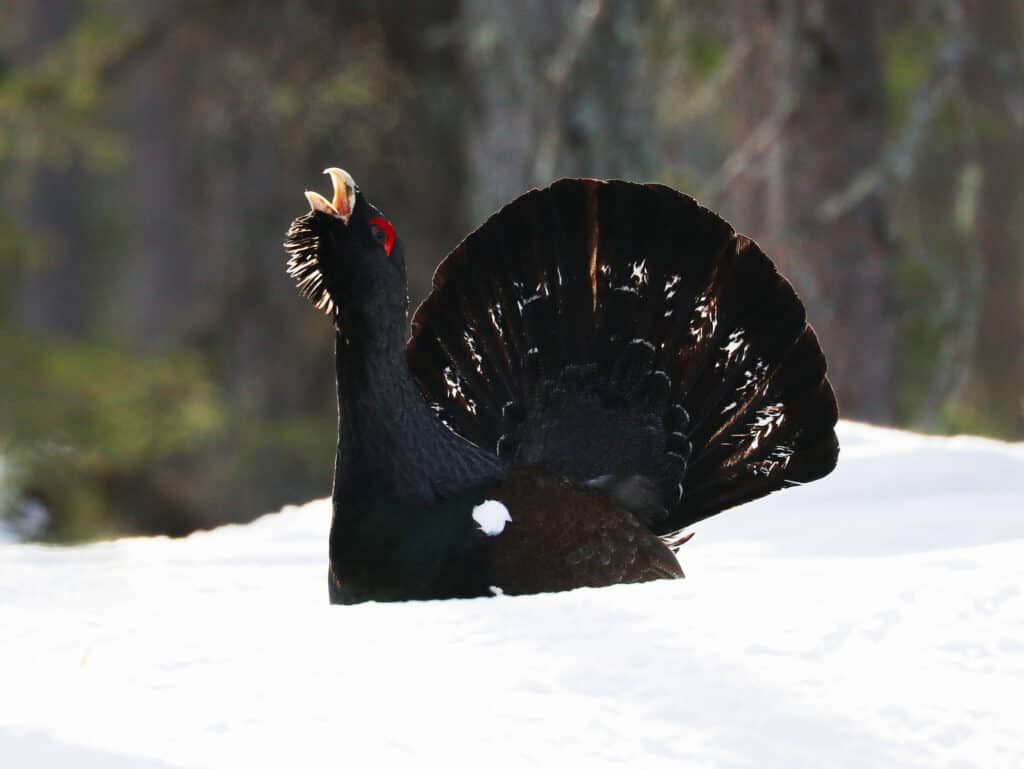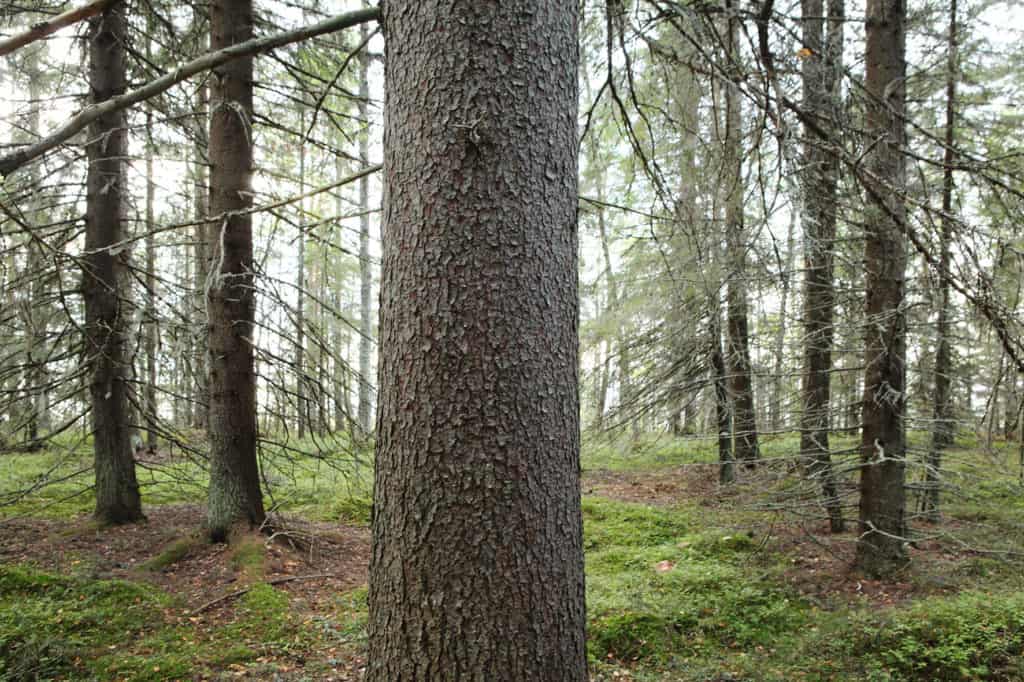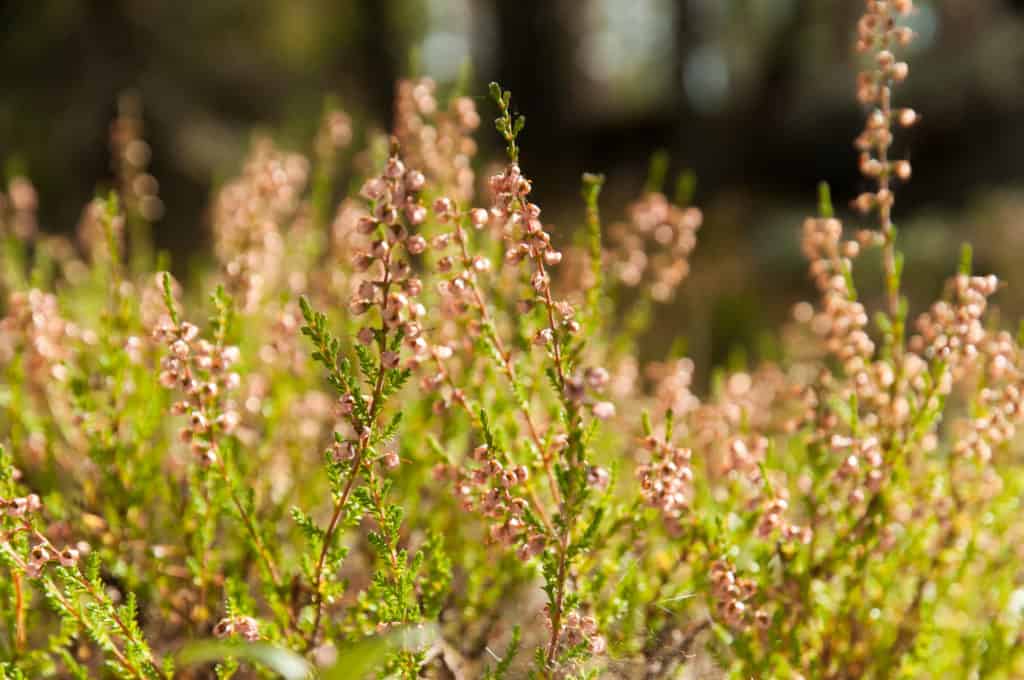The Finnish Natural Heritage Foundation teamed up with Salon luonnonmetsäsäätiö, a foundation for conserving indigenous forests in Salo, to purchase a small area of dense forest known as Syrjämetsä. It is located just outside the city of Salo, in the valley to the southwest of Ketunpesäkallio. The Natural Heritage Foundation received a substantial donation earmarked for the purchase. Syrjämetsä will primarily be conserved as it provides a natural habitat for flying squirrels.
The site consists of more than four hectares of diverse old-growth forest. The old aspen stand at its centre is a prime habitat for flying squirrels, and their tracks have been abundant in surveys commissioned by the Centre for Economic Development, Transport and the Environment. The number of decaying logs on the site is expected to increase over the years. The mighty cliff that Pentti Linkola once identified as a territory of the peregrine falcon is located in the same forested area.
The surrounding terrain is a mosaic of rocky hills and dips located between Muurla and Salo.
Some years ago, the area hosted some of the toughest Jukola orienteering relay races ever run. The fantastic ecological value and exceptional diversity of the area around Syrjämetsä deserve to be conserved on a larger scale. To name but a few examples, ravens inhabit the nearby cliffs, and flying squirrels have made their homes in many more aspen stands under the rocks, in addition to the area purchased for conservation this time around.
The newly purchased forest is located less than one kilometre away from Kruunuvuori, a rugged hill topped by a burial mound dating back to the Bronze Age. Kruunuvuori is already conserved by the Finnish Natural Heritage Foundation and part of a total conservation area spanning thirty hectares, together with the adjacent sites of Kujanpää and Säilämetsä. There are also other conservation areas and numerous forests worthy of conservation in the region, many of them owned by the City of Salo.




